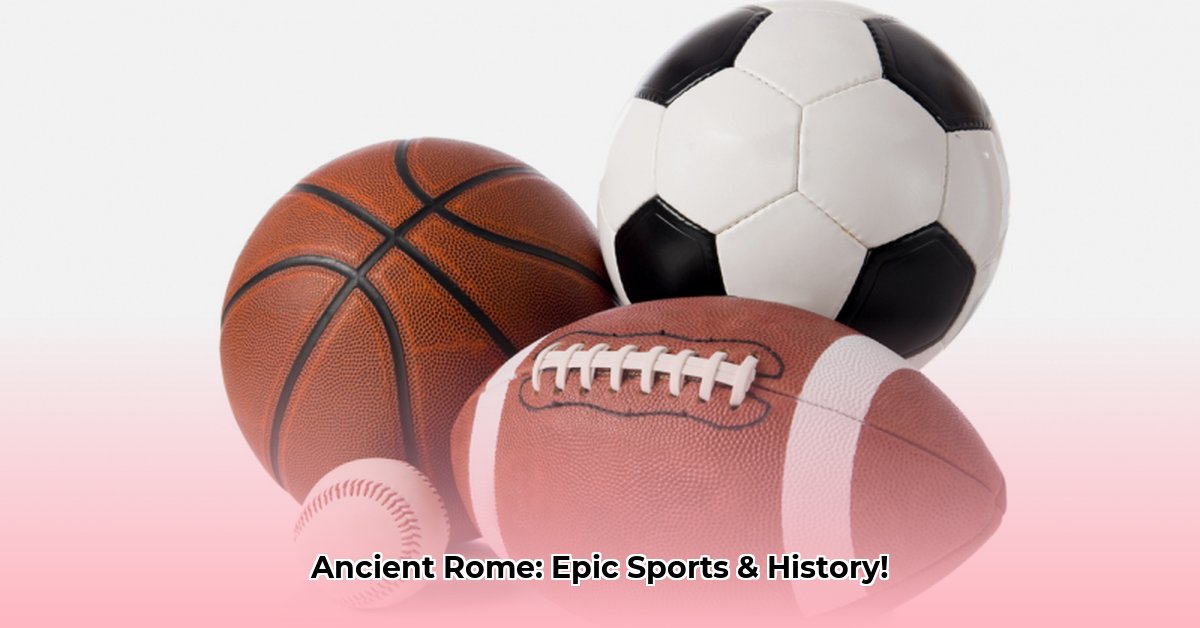Ancient Rome, a civilization synonymous with powerful emperors, formidable legions, and impressive engineering, was also a vibrant society deeply engaged with physical activity and public spectacle. Far from being mere pursuits of leisure, the **sports of ancient Rome** were intimately interwoven into the very fabric of daily life, reflecting profound cultural, religious, military, and political values. See more about the [games of Rome](https://www.lolaapp.com/ancient-games-of-rome) here. This comprehensive exploration delves beneath the surface of the well-known gladiatorial contests and exhilarating chariot races, revealing the full spectrum of Roman athleticism, from communal games at the local bathhouse to the brutal intensity of the amphitheater and the thunderous excitement of the Circus Maximus. We will uncover how these athletic endeavors transcended simple entertainment, shaping social dynamics, influencing public policy, and even defining aspects of military readiness and philosophical thought.
## Beyond the Arena: Everyday Roman Athleticism and Leisure
While much of ancient Roman life revolved around *negotium* (work and business), there was ample time reserved for *otium* (leisure). This leisure encompassed a wide array of physical activities, many of which were surprisingly similar to modern sports. Unlike the ancient Greeks, who pursued athletic excellence primarily for individual glory and artistic perfection, Roman physical culture was often pragmatic, emphasizing discipline, military readiness, and social cohesion. The very term "sport" in Latin found various synonyms, from "_ludus_" (game or play, often public spectacles) and "_certamen_" (contest or race) to "_corpore exercitatio_" for exercise and "_delectament










